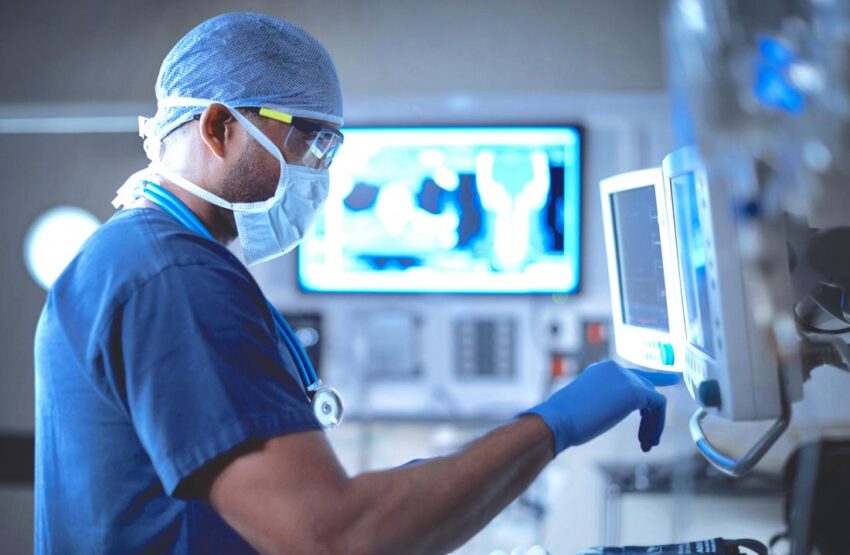If you’re living with bone defect or loss, you don’t need to be told that the conditions are painful and slow to heal. Issues like these usually develop through injury or disease, and often the bone needs some help to repair or regrow. Nobody should have to live with pain or discomfort, and if you’ve exhausted your other options, you should consider bone graft surgery, and when conservative treatment methods like rest or physical therapy are not enough, it’s time to turn to more drastic but proven work options to improve your lifestyle.
Injuries Can Happen Anytime
Injuries happen. One minute you are walking down a grocery store aisle, and the next, you’re lying on the ground with an aching back. No matter the number of safety procedures in place or how cautious you are, you can’t control when an accident will occur.
When Slips and Falls Become Serious
Have you ever slipped and fallen awkwardly? Sometimes, the only thing that’s damaged in a fall is our ego, but for others, it can be far more serious. According to a National Floor Safety Institute study, one in 20 slip and fall accidents results in a fractured or broken bone.
You might not have even realized how severe your injury was at the time. Broken bones don’t always swell beyond recognition and bruise dramatically. However, you will be forced to deal with how intense your injury was during the healing process.
Everybody falls, whether walking to your car on an icy morning or slipping on a wet floor in the bathroom. After you’ve hit the ground, your instinct is probably to get back on your feet and pretend it didn’t happen. While that might be possible sometimes, you might have sustained a severe injury. Up to 30% of people experience injuries after falling, including head trauma, hip fracture, or laceration.

What is Bone Graft Surgery
According to Johns Hopkins Medicine, bone grafting surgery uses the transplanted bone to fix and rebuild damaged or diseased bones. The procedure can repair bones in almost any part of your body, and your surgeon will likely take the bone for the graft from areas like your hips or legs. If it’s impossible to make the graft with bones inside your body, which is called an autogenous bone graft, they can sometimes use donated bone tissue.
A 16-year study of 2 million bone graft patients found that 83% of bone grafts involved autogenous bone grafts harvested from the patient, while 17% involved artificial bone graft substitutes. Your body will ultimately respond best to bone that has already grown, and it is far easier to take the graft from the patient than find it elsewhere.
Why You Should Consider the Surgery
Ultimately, the reason you need the procedure is if you have a bone injury that won’t heal without a graft. That can be due to a bone disease like cancer, a fracture that didn’t heal well, or as part of dental implant surgery. The decision is ultimately yours, although you should consult a professional to have all the information.
Remember, the surgery won’t just help heal a current issue but will reduce your likelihood of bone damage due to injury or illness in the future. The unfortunate truth is that the weaker your bones are, the more likely you are to fall, and the longer you wait to get it healed, the worse you’ll feel. The goal is to invest in your short-term and long-term health.
Bone graft surgery is the chance to improve your lifestyle and return to daily activities without stress or pain. Not only can it heal defects, but it can also reduce your risk of future industry, lessen pain, and improve your body’s overall functioning.

